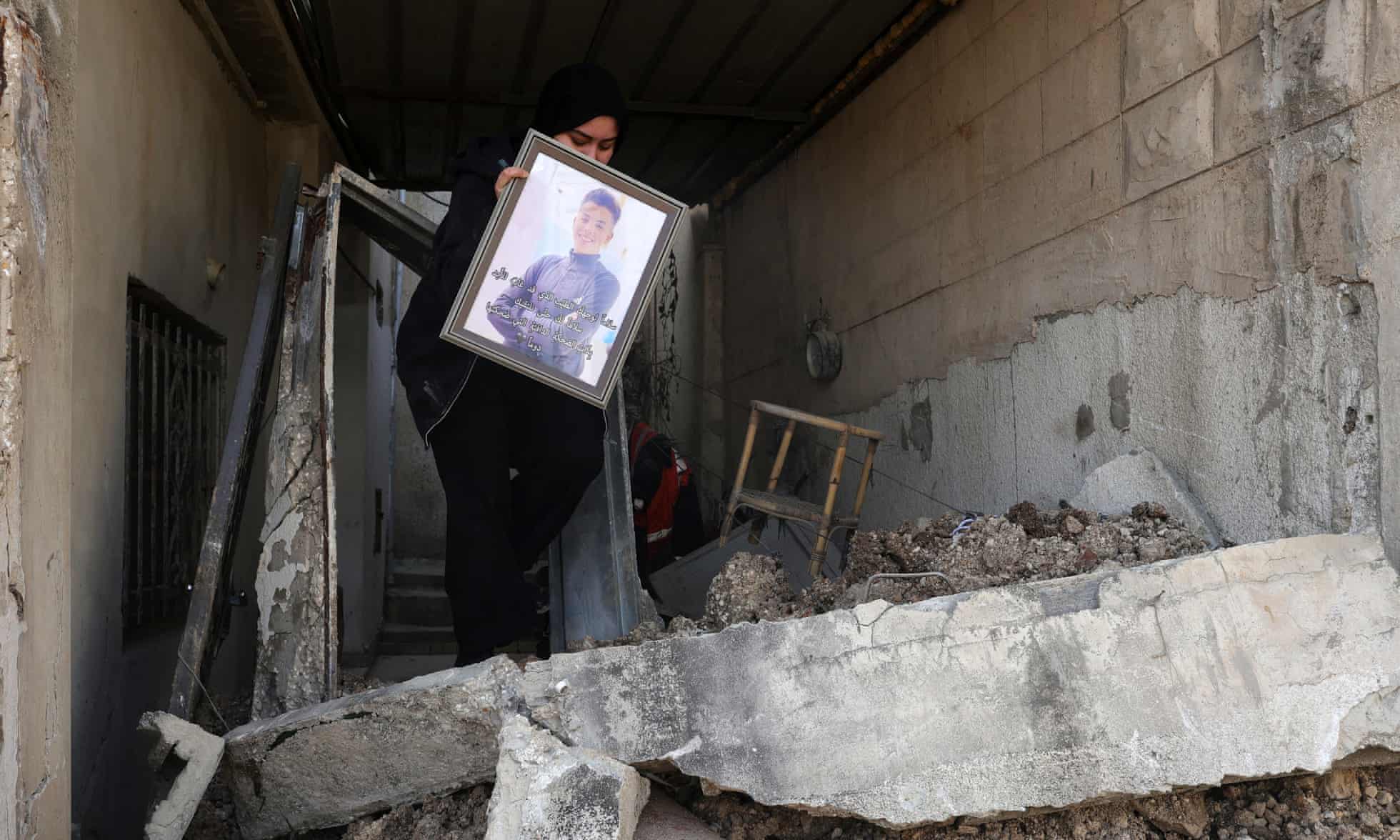For such a visual world, we humans sure have problems distinguishing between and among vision, sight, and seeing.
Chip in some added challenges from interpretation, translation, or point of view, and coming to grips with the world around us becomes quite a balancing act. There's more to understanding what's going on than just taking a snapshot of the view.
Unlike cameras, human try to make sense of what it all means, from the infamous Big Picture down to the smallest detail. When the light hits the medium in a camera, the camera's work is done. But, when light enters the human eye, the work has only just begun.
Some of our challenges in perception are primal and basic, and traceable down to our human hardware and wiring.
For example, we humans are scanners -- always rapidly gazing around us, looking for threats and rewards. We can't help it, we do it automatically -- it's built into us at a deep level. Then, there's the mechanism of selective perception, a referee and gatekeeper helping decide which scanned images need to get through to our higher minds for a more intensive look-see.
Without the gatekeeper, we drown in sensory information and all our scans, trying to follow up with everything, all at once -- and we have nowhere near the mind or memory capacity to keep up with such constant floods.
So, that traffic cop of selective perception helps us sift and sort scans that need to get through to the higher mind for analysis, performing for us a first-level sort.
More...





 The first amendment guarantees freedom of speech and freedom of assembly. It will have little meaning...
The first amendment guarantees freedom of speech and freedom of assembly. It will have little meaning... On Monday, August 6, 1945, after six months of intense firebombing of 67 other Japanese cities,...
On Monday, August 6, 1945, after six months of intense firebombing of 67 other Japanese cities,... Later this month, on the holiday of Purim, Jewish people will dress in silly costumes, eat...
Later this month, on the holiday of Purim, Jewish people will dress in silly costumes, eat...






























